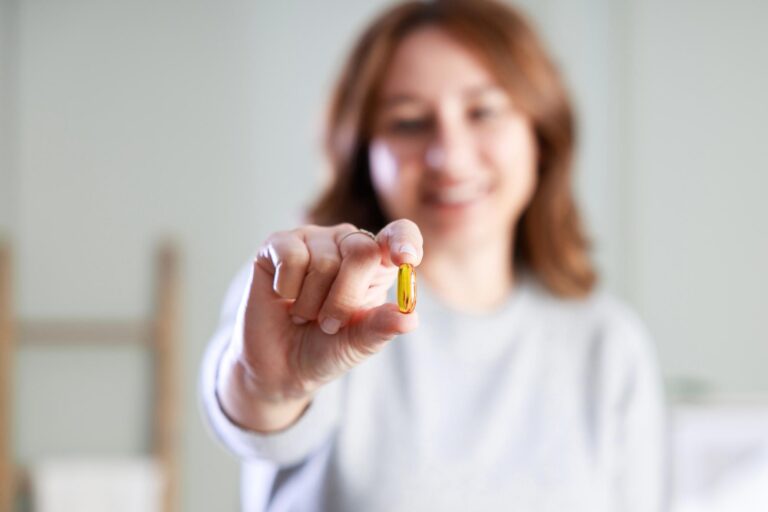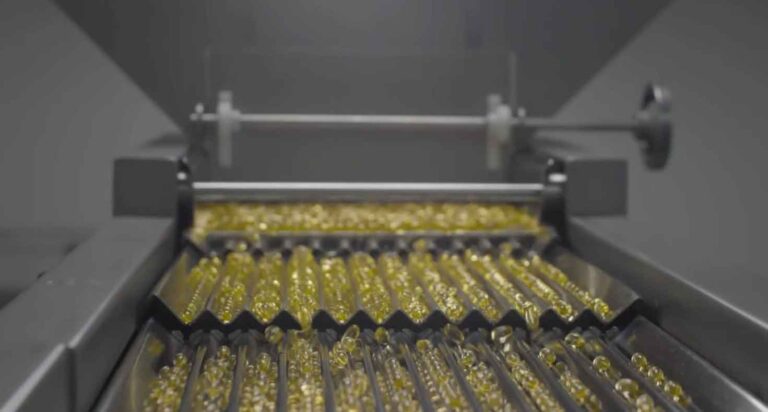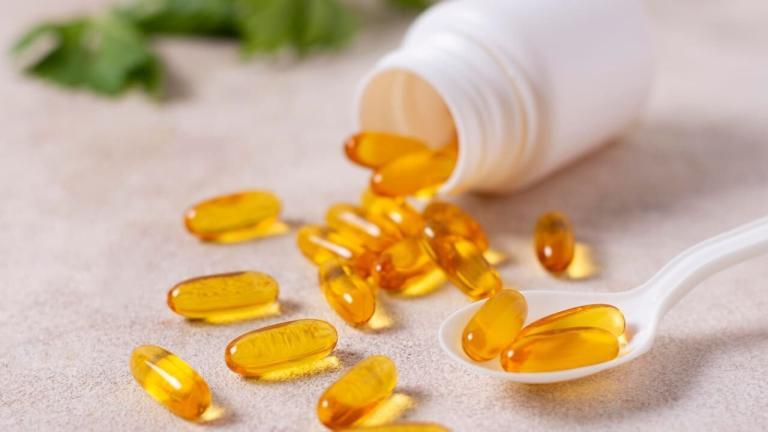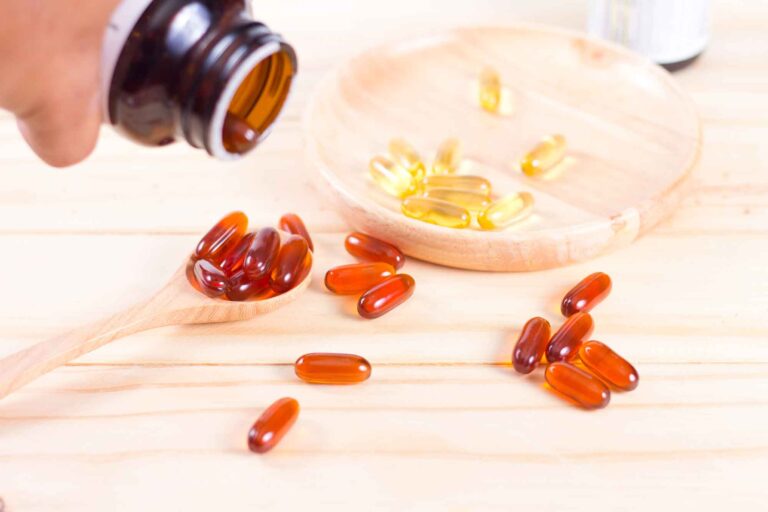
In-Depth Understanding of LBDDS
The pharmaceutical industry’s exploration into lipid-based drug delivery systems (LBDDS) is a growing trend. Thanks to initiatives like the lipid-based focus group formed by the American Association of Pharmaceutical Scientists (AAPS), there’s a richer understanding of how these systems can be used effectively. This knowledge base is supported by a robust collection of literature and examples of FDA-approved lipid-formulated products, offering a solid foundation for new entrants in this field.
Recent Developments and Case Studies
Recent publications shed light on real-world applications of lipid formulations. These studies not only demonstrate the effectiveness of lipids in drug delivery but also serve as practical guides for formulators considering this path.
Unveiling the Complexity of Lipid-Based Formulations
Enhancing Bioavailability with Strategic Formulation
The role of lipids in enhancing the bioavailability of compounds with poor aqueous solubility is significant, yet formulating with lipids requires a nuanced understanding of their properties and interactions. Different suppliers can offer medium chain triglycerides with varying fatty acid compositions, which can lead to different clinical outcomes.
Emphasizing Quality and Material Variability
Adopting a Quality by Design (QbD) approach is essential in lipid formulation. This involves a deep understanding of material variability, which affects product stability and performance in the human body. Proper handling of lipid excipients is crucial to prevent degradation due to environmental factors like oxygen, light, and heat.
Broadening Perspectives in Lipid Formulation
Beyond Basic Formulation Techniques
Effective lipid formulation demands more than just mixing ingredients. It requires a strategic selection of emulsifiers, inhibitors, and solvents, taking into account their specific functionalities and interactions within the system.
Challenging the HLB Framework
The hydrophilic-lipophilic balance (HLB) concept, while foundational, is often misapplied in practice. Formulators need to recognize that surfactants with similar HLB values can have vastly different properties, requiring a more sophisticated approach than relying solely on HLB numbers.
Embarking on a Lipid Formulation Journey
The Unique Advantages of Lipid Excipients
Lipid excipients stand out for their compatibility with physiological environments, minimizing the risk of allergic reactions and other side effects. Their wide variety offers flexibility in formulation, allowing for tailored solutions based on specific drug requirements.
Safety and Popularity of LBDDS
LBDDS are known for their safety, being composed of natural dietary components. This makes them an ideal choice for enhancing drug absorption and permeability, especially in the gastrointestinal tract.
Addressing Misconceptions and Challenges in Lipid-Based Formulations
Importance of Comprehensive API Compatibility Analysis
A common mistake in lipid formulation is assuming that any lipid addition will solve formulation issues. A thorough understanding of the API’s physicochemical properties and how they interact with lipids is critical for successful formulation.
Navigating Formulation Dynamics
Formulating with lipids involves navigating a complex landscape of solubility, stability, and bioavailability. Recognizing the dynamic nature of these systems and the potential impact of environmental factors is key to developing effective formulations.
Strategic Planning for Optimal Dosage Forms
Early Integration of Solubility and Permeability Considerations
Focusing on the API’s solubility and permeability at the outset of development is essential. Considering these factors early can prevent challenges when transitioning to lipid-based formulations.
Accelerating Development with Timely Decisions
Prompt decision-making based on API characteristics can significantly expedite the development process. Understanding the interplay between the API and excipients guides the selection of the most effective dosage form.
Final Recommendations for Successful Lipid Formulation
Commitment to In-Depth Research
Investing time in thorough background research is essential for a comprehensive understanding of the drug and its formulation challenges.
Goal-Oriented Development and Expert Collaboration
Starting with clear, well-defined objectives and considering regulatory requirements is crucial. Collaborating with experts, particularly excipient suppliers, can provide invaluable insights and assistance in navigating the complexities of lipid formulation.
Case Studies
In Vitro Methods for Enhanced Clinical Study Direction
Pioneering a Novel IVIVC Approach for High Lipophilicity Molecules
Hycon recently embarked on a mission to establish a cutting-edge in vitro-in vivo correlation (IVIVC) for a Phase I clinical-stage molecule characterized by its high lipophilicity (logP) and limited solubility in water. The initial strategy involved a conventional dissolution procedure, immersing the dosage form in an aqueous environment and monitoring at 15-minute intervals. This approach, however, yielded a gradual linear progression in the data, presenting a challenge in formulating in vivo strategies.
Bridging the Gap Between In Vitro and In Vivo Data
The team observed a weak link between the in vitro findings and the animal pharmacokinetics data, suggesting the necessity for more refined methodologies. In pursuit of precision, the team explored various testing methods, including fiber optic dissolution testing. This innovative technique allowed for rapid, near-continuous monitoring of the active pharmaceutical ingredient (API) levels every few seconds.
Uncovering Supersaturation Effects in DCS Class 2 Compounds
A critical insight emerged when the fiber optic method revealed a marked supersaturation effect within the initial 15 minutes, resulting in a concentration surge surpassing theoretical equilibrium solubility. This discovery was particularly significant for Drug Classification System (DCS) Class 2 compounds, where solubility plays a more pivotal role than permeability.
Revolutionizing Formulation Strategy with New Findings
This revelation steered the team towards a strategic overhaul in the API’s formulation and the selection of excipients. This shift marked a vital advancement, underscoring the importance of reevaluating in vitro screening processes.
Achieving Optimal Decision-Making Through Rigorous Experimentation
The core objective of the Hycon study was to facilitate informed decision-making for both the molecule and the product. Through relentless experimentation and a commitment to innovation, the team successfully achieved this goal, setting a new standard in in vitro methodology for complex pharmaceutical compounds.
Microemulsion Design for Advanced Drug Formulation
Hycon’s Role in Microemulsion Technology
Hycon has established itself as a leader in microemulsion development for drug formulation, with extensive research and numerous successful case studies. Our work is characterized by a deep understanding of the unique properties of microemulsions, which maintain a stable equilibrium of surfactants, cosurfactants, water, and oil. These systems are notable for their small droplet size and clarity, making them ideal for drug delivery.
Case Study: Custom Microemulsion for a Pharmaceutical Leader
A key example of Hycon’s impact in this field is our collaboration with a renowned pharmaceutical company facing challenges with a poorly soluble API. The company sought to enhance the bioavailability of this API, which was critical for the success of their new therapeutic product.
Challenge and Objective
The pharmaceutical company’s primary challenge was the API’s low solubility in aqueous solutions and traditional formulations, leading to inadequate bioavailability and therapeutic efficacy.
Hycon’s Innovative Solution
Hycon employed its high-throughput chemistry experiments to develop a custom microemulsion. This involved a meticulous selection of surfactants and oil phases to create a system that significantly improved the solubility of the API.
Methodology and Breakthrough
Our approach was to systematically test various combinations of surfactants and oils, analyzing their interactions and stability. We discovered a specific blend that not only increased the API’s solubility but also maintained its stability and integrity. The resulting microemulsion was clear and stable, with a droplet size conducive to enhanced absorption and bioavailability.
Impact on the Client’s Product
This tailored microemulsion formulation transformed the client’s product. The enhanced bioavailability of the API allowed for lower dosages, reduced side effects, and increased therapeutic effectiveness. Additionally, the microemulsion was scalable for mass production, ensuring consistency across all batches.
Advancing Pharmaceutical Formulations
This case study is a testament to Hycon’s expertise in creating customized microemulsions that address specific pharmaceutical needs. Our ability to adjust microemulsion properties such as the oil-to-water phase ratio, surfactant type, and cosurfactants played a pivotal role in the success of the project.
Conclusion: Embracing Customized Microemulsions for Drug Delivery Excellence
Hycon continues to lead in microemulsion technology, offering pharmaceutical companies innovative solutions for drug formulation. Our case studies, like the one described, highlight our commitment to addressing complex formulation challenges and enhancing drug delivery systems. Explore the potential of microemulsions with Hycon for stable, versatile, and effective pharmaceutical solutions.
Exploring the Promise of Lipids in Drug Delivery
In-Depth Understanding of LBDDS
The pharmaceutical industry’s exploration into lipid-based drug delivery systems (LBDDS) is a growing trend. Thanks to initiatives like the lipid-based focus group formed by the American Association of Pharmaceutical Scientists (AAPS), there’s a richer understanding of how these systems can be used effectively. This knowledge base is supported by a robust collection of literature and examples of FDA-approved lipid-formulated products, offering a solid foundation for new entrants in this field.
Recent Developments and Case Studies
Recent publications shed light on real-world applications of lipid formulations. These studies not only demonstrate the effectiveness of lipids in drug delivery but also serve as practical guides for formulators considering this path.
Unveiling the Complexity of Lipid-Based Formulations
Enhancing Bioavailability with Strategic Formulation
The role of lipids in enhancing the bioavailability of compounds with poor aqueous solubility is significant, yet formulating with lipids requires a nuanced understanding of their properties and interactions. Different suppliers can offer medium chain triglycerides with varying fatty acid compositions, which can lead to different clinical outcomes.
Emphasizing Quality and Material Variability
Adopting a Quality by Design (QbD) approach is essential in lipid formulation. This involves a deep understanding of material variability, which affects product stability and performance in the human body. Proper handling of lipid excipients is crucial to prevent degradation due to environmental factors like oxygen, light, and heat.
Broadening Perspectives in Lipid Formulation
Beyond Basic Formulation Techniques
Effective lipid formulation demands more than just mixing ingredients. It requires a strategic selection of emulsifiers, inhibitors, and solvents, taking into account their specific functionalities and interactions within the system.
Challenging the HLB Framework
The hydrophilic-lipophilic balance (HLB) concept, while foundational, is often misapplied in practice. Formulators need to recognize that surfactants with similar HLB values can have vastly different properties, requiring a more sophisticated approach than relying solely on HLB numbers.
Embarking on a Lipid Formulation Journey
The Unique Advantages of Lipid Excipients
Lipid excipients stand out for their compatibility with physiological environments, minimizing the risk of allergic reactions and other side effects. Their wide variety offers flexibility in formulation, allowing for tailored solutions based on specific drug requirements.
Safety and Popularity of LBDDS
LBDDS are known for their safety, being composed of natural dietary components. This makes them an ideal choice for enhancing drug absorption and permeability, especially in the gastrointestinal tract.
Addressing Misconceptions and Challenges in Lipid-Based Formulations
Importance of Comprehensive API Compatibility Analysis
A common mistake in lipid formulation is assuming that any lipid addition will solve formulation issues. A thorough understanding of the API’s physicochemical properties and how they interact with lipids is critical for successful formulation.
Navigating Formulation Dynamics
Formulating with lipids involves navigating a complex landscape of solubility, stability, and bioavailability. Recognizing the dynamic nature of these systems and the potential impact of environmental factors is key to developing effective formulations.
Strategic Planning for Optimal Dosage Forms
Early Integration of Solubility and Permeability Considerations
Focusing on the API’s solubility and permeability at the outset of development is essential. Considering these factors early can prevent challenges when transitioning to lipid-based formulations.
Accelerating Development with Timely Decisions
Prompt decision-making based on API characteristics can significantly expedite the development process. Understanding the interplay between the API and excipients guides the selection of the most effective dosage form.
Final Recommendations for Successful Lipid Formulation
Commitment to In-Depth Research
Investing time in thorough background research is essential for a comprehensive understanding of the drug and its formulation challenges.
Goal-Oriented Development and Expert Collaboration
Starting with clear, well-defined objectives and considering regulatory requirements is crucial. Collaborating with experts, particularly excipient suppliers, can provide invaluable insights and assistance in navigating the complexities of lipid formulation.
Case Studies:In Vitro Methods for Enhanced Clinical Study Direction
Pioneering a Novel IVIVC Approach for High Lipophilicity Molecules
Hycon recently embarked on a mission to establish a cutting-edge in vitro-in vivo correlation (IVIVC) for a Phase I clinical-stage molecule characterized by its high lipophilicity (logP) and limited solubility in water. The initial strategy involved a conventional dissolution procedure, immersing the dosage form in an aqueous environment and monitoring at 15-minute intervals. This approach, however, yielded a gradual linear progression in the data, presenting a challenge in formulating in vivo strategies.
Bridging the Gap Between In Vitro and In Vivo Data
The team observed a weak link between the in vitro findings and the animal pharmacokinetics data, suggesting the necessity for more refined methodologies. In pursuit of precision, the team explored various testing methods, including fiber optic dissolution testing. This innovative technique allowed for rapid, near-continuous monitoring of the active pharmaceutical ingredient (API) levels every few seconds.
Uncovering Supersaturation Effects in DCS Class 2 Compounds
A critical insight emerged when the fiber optic method revealed a marked supersaturation effect within the initial 15 minutes, resulting in a concentration surge surpassing theoretical equilibrium solubility. This discovery was particularly significant for Drug Classification System (DCS) Class 2 compounds, where solubility plays a more pivotal role than permeability.
Revolutionizing Formulation Strategy with New Findings
This revelation steered the team towards a strategic overhaul in the API’s formulation and the selection of excipients. This shift marked a vital advancement, underscoring the importance of reevaluating in vitro screening processes.
Achieving Optimal Decision-Making Through Rigorous Experimentation
The core objective of the Hycon study was to facilitate informed decision-making for both the molecule and the product. Through relentless experimentation and a commitment to innovation, the team successfully achieved this goal, setting a new standard in in vitro methodology for complex pharmaceutical compounds.
Conclusion: Embracing Customized Microemulsions for Drug Delivery Excellence
Hycon continues to lead in microemulsion technology, offering pharmaceutical companies innovative solutions for drug formulation. Our case studies, like the one described, highlight our commitment to addressing complex formulation challenges and enhancing drug delivery systems. Explore the potential of microemulsions with Hycon for stable, versatile, and effective pharmaceutical solutions.






